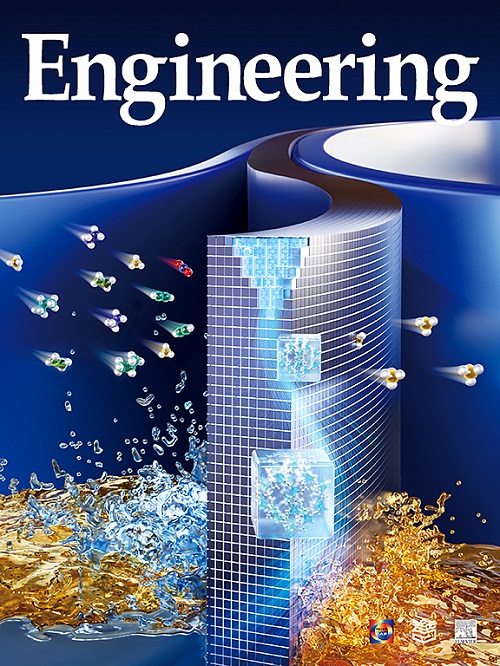Early Opportunities for Onshore and Offshore CCUS Deployment in the Chinese Cement Industry
IF 10.1
1区 工程技术
Q1 ENGINEERING, MULTIDISCIPLINARY
引用次数: 0
Abstract
The promotion of deep decarbonization in the cement industry is crucial for mitigating global climate change, a key component of which is carbon capture, utilization, and storage (CCUS) technology. Despite its importance, there is a lack of empirical assessments of early opportunities for CCUS implementation in the cement sector. In this study, a comprehensive onshore and offshore source–sink matching optimization assessment framework for CCUS retrofitting in the cement industry, called the SSM-Cement framework, is proposed. The framework comprises four main modules: the cement plant suitability screening module, the storage site assessment module, the source–sink matching optimization model module, and the economic assessment module. By applying this framework to China, 919 candidates are initially screened from 1132 existing cement plants. Further, 603 CCUS-ready cement plants are identified, and are found to achieve a cumulative emission reduction of 18.5 Gt CO2 from 2030 to 2060 by meeting the CCUS feasibility conditions for constructing both onshore and offshore CO2 transportation routes. The levelized cost of cement (LCOC) is found to range from 30 to 96 (mean 73) USD·(t cement)−1, while the levelized carbon avoidance cost (LCAC) ranges from −5 to 140 (mean 88) USD·(t CO2)−1. The northeastern and northwestern regions of China are considered priority areas for CCUS implementation, with the LCAC concentrated in the range of 35 to 70 USD·(t CO2)−1. In addition to onshore storage of 15.8 Gt CO2 from 2030 to 2060, offshore storage would contribute 2.7 Gt of decarbonization for coastal cement plants, with comparable LCACs around 90 USD·(t CO2)−1.
求助全文
约1分钟内获得全文
求助全文
来源期刊

Engineering
Environmental Science-Environmental Engineering
自引率
1.60%
发文量
335
审稿时长
35 days
期刊介绍:
Engineering, an international open-access journal initiated by the Chinese Academy of Engineering (CAE) in 2015, serves as a distinguished platform for disseminating cutting-edge advancements in engineering R&D, sharing major research outputs, and highlighting key achievements worldwide. The journal's objectives encompass reporting progress in engineering science, fostering discussions on hot topics, addressing areas of interest, challenges, and prospects in engineering development, while considering human and environmental well-being and ethics in engineering. It aims to inspire breakthroughs and innovations with profound economic and social significance, propelling them to advanced international standards and transforming them into a new productive force. Ultimately, this endeavor seeks to bring about positive changes globally, benefit humanity, and shape a new future.
 求助内容:
求助内容: 应助结果提醒方式:
应助结果提醒方式:


